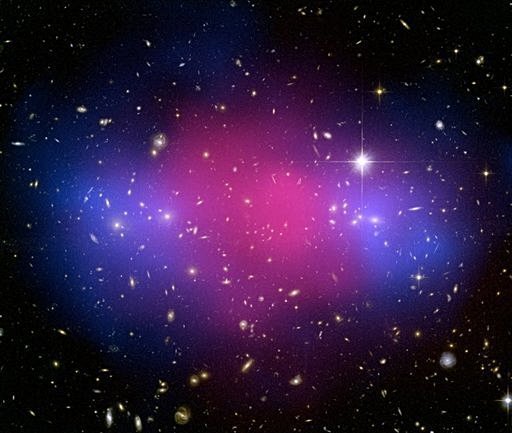Dark Matter Discovery: Physicists Uncover a Potential Puzzle Piece
European astronomers said on Wednesday that an anomalous energy signal detected by an orbiting satellite could be a telltale of the enigmatic substance known as dark matter. The researchers, in a study appearing in the British journal Nature, say the hunch is that they picked up a signature of this strange phenomenon, but more work is needed. Some years ago, astrophysicists calculating the amount of matter in the Universe arrived at the startling discovery that ordinary material — atoms — comprises perhaps as little as five percent of the stuff in the cosmos.
The rest, they believe, comes from the “dark” sector: matter and energy that appear to be pervasive but whose nature remains a puzzle. Dark matter, which believes to account for 23 percent of the Universe, has been detected only indirectly, through the gravitational pull it exerts on visible matter. What it is has ignited huge debate, including the hypothesis that dark matter is a new dimension of the Universe. Another theory is that dark matter must be a new particle, or particles, that interact so weakly with ordinary matter that it does not produce light-emitting reactions.

WIMPS (Weakly Interacting Massive Particles) are among the candidates for this. Another idea is that dark matter is linked to “supersymmetric” particles, or partners to known sub-atomic particles. A team led by Piergiorgio Picozza of the University of Rome Tor Vergata looked over data sent back by a European satellite called PAMELA between July 2006 and February 2008 and found a unusual abundance of positrons, the counterpart to the electron, in cosmic rays at a high part of the energy spectrum. “Some scientists [in the team] think this is dark matter, while others think we have to study contributions” from other positron sources, Picozza told AFP. These include positrons that are produced by pulsars, or magnetised neutron stars that emitted regular pulses of radiation, he said.
“We need much more verification, which can come from other observations,” he said. Around 72 percent of cosmic matter is dark energy, which could be responsible for the accelerating expansion of the Universe.
This article is republished from PhysORG under a Creative Commons license. Read the original article.*



0 Comments